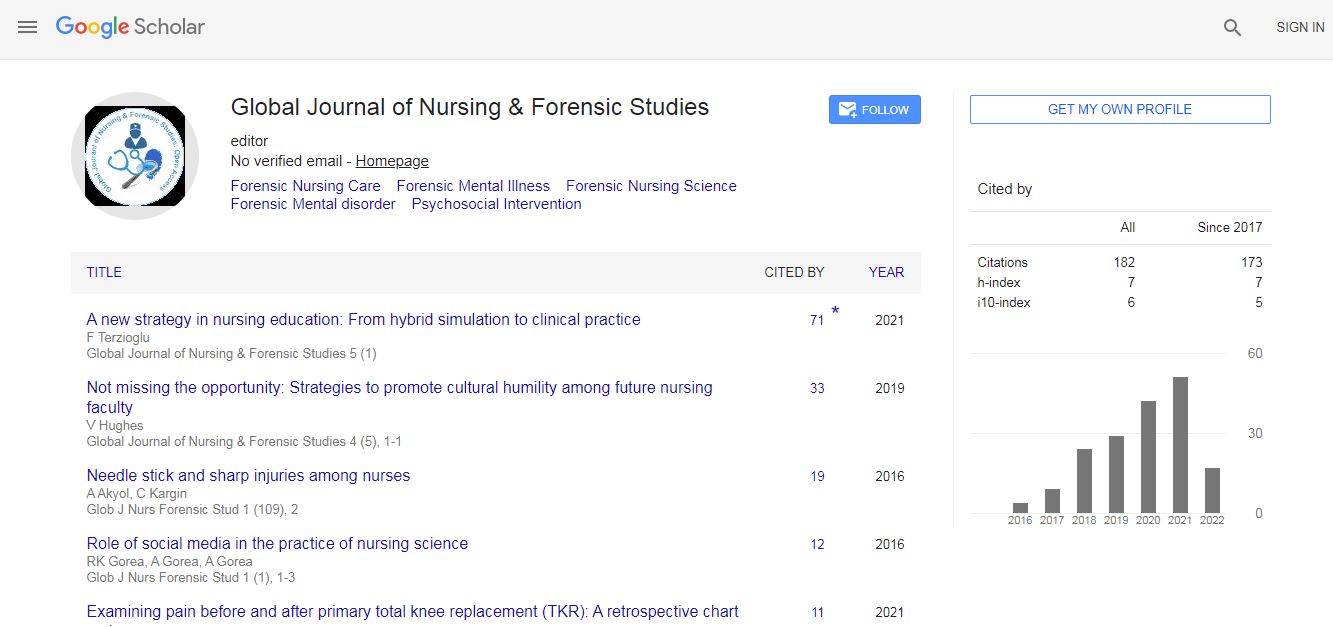Our Group organises 3000+ Global Conferenceseries Events every year across USA, Europe & Asia with support from 1000 more scientific Societies and Publishes 700+ Open Access Journals which contains over 50000 eminent personalities, reputed scientists as editorial board members.
Open Access Journals gaining more Readers and Citations
700 Journals and 15,000,000 Readers Each Journal is getting 25,000+ Readers
Google Scholar citation report
Citations : 82
Optometry: Open Access received 82 citations as per Google Scholar report
Indexed In
- Google Scholar
- RefSeek
- Hamdard University
- EBSCO A-Z
- Euro Pub
- ICMJE
Useful Links
Recommended Journals
Related Subjects
Share This Page
Implications Of 3d Printing In Ophthalmology
World Congress and Expo on Optometry & Vision Science
Richard Mike Faris
England College of Optometry, UK
Posters & Accepted Abstracts: Optom Open Access
Abstract
Innovation and technology have major impacts on ophthalmology with future implications, particularly 3D printing. The advancements in 3D printing are transforming ophthalmology approach to business. Boroujerdi (2014) states ├ó┬?┬?3D printing offers the potential for high degrees of customization, reduced costs for complex designs, and lower overhead costs for short-run parts and products├ó┬?┬Ł (p. 2). Understanding impacts require putting 3D printing into a contextual evaluation and understanding what 3D printing is and how it works. 3D impacts on healthcare put future influences into perspective for ophthalmology. Understanding 3D influences requires comprehension of breakthrough and disruptive technology and the potential for creative destruction. Furthermore, current uses include 3D printable contact lenses, surgical planning, patient education, and retinal imaging adapter that the FDA approved in 2013. Looking towards the future of 3D printing includes a cure for blindness, visual implants, and a functional human eye implant. Potential impacts of 3D require overcoming major challenges. Understanding the challenges and the potential for a pioneering approach to the issues points to the speed of future development.Biography
Email: richard21farris@gmail.com

 Spanish
Spanish  Chinese
Chinese  Russian
Russian  German
German  French
French  Japanese
Japanese  Portuguese
Portuguese  Hindi
Hindi 